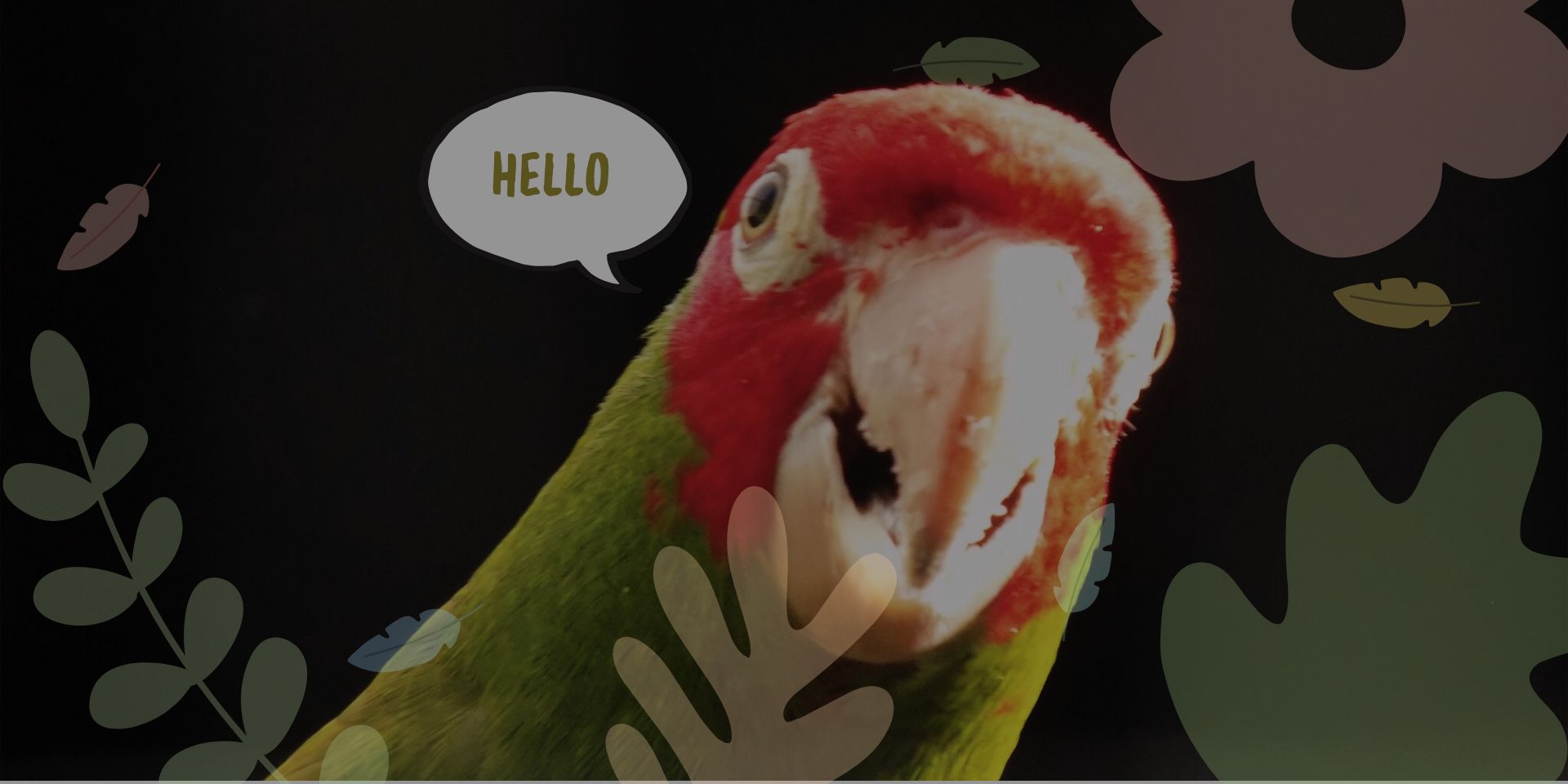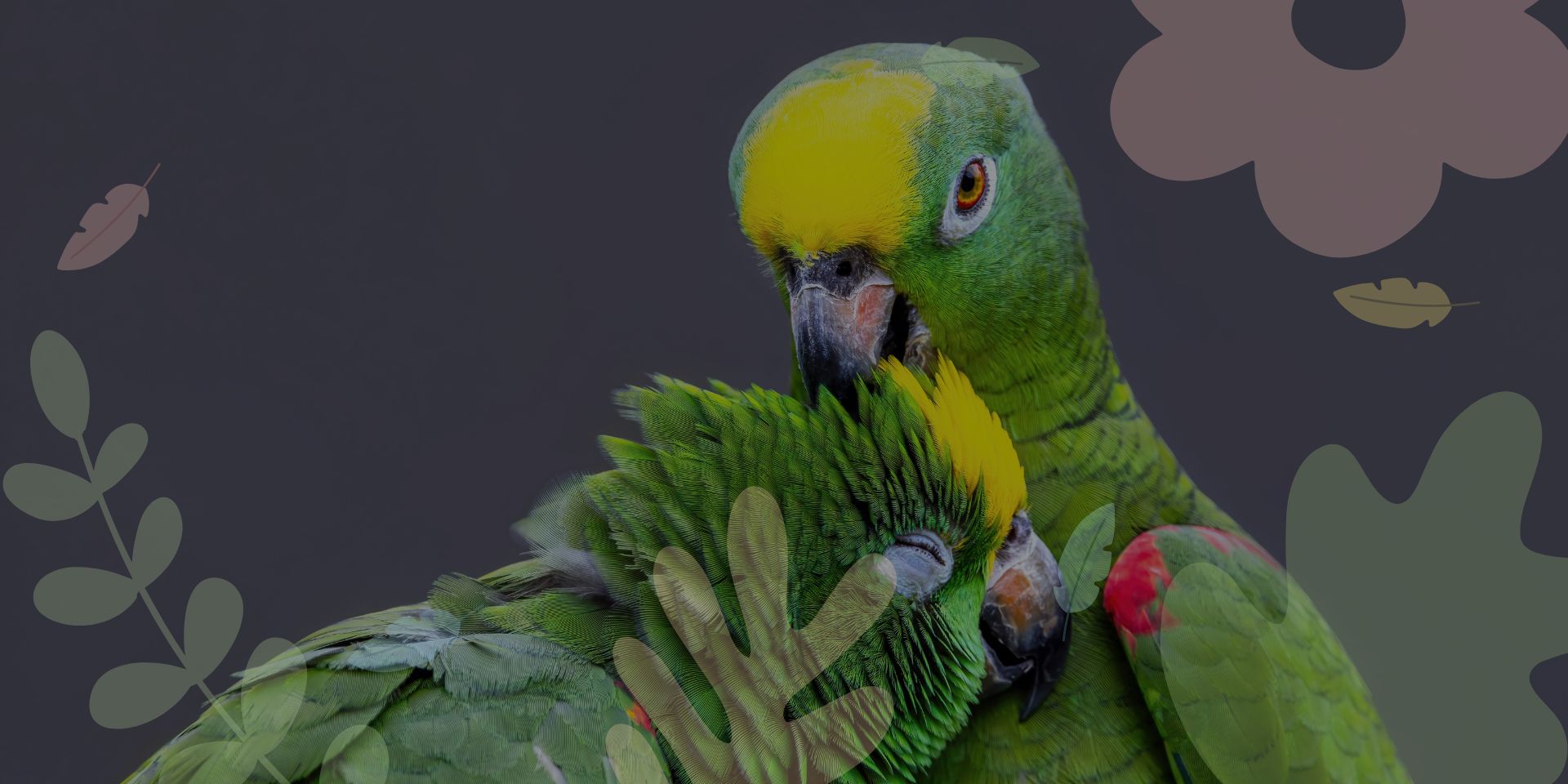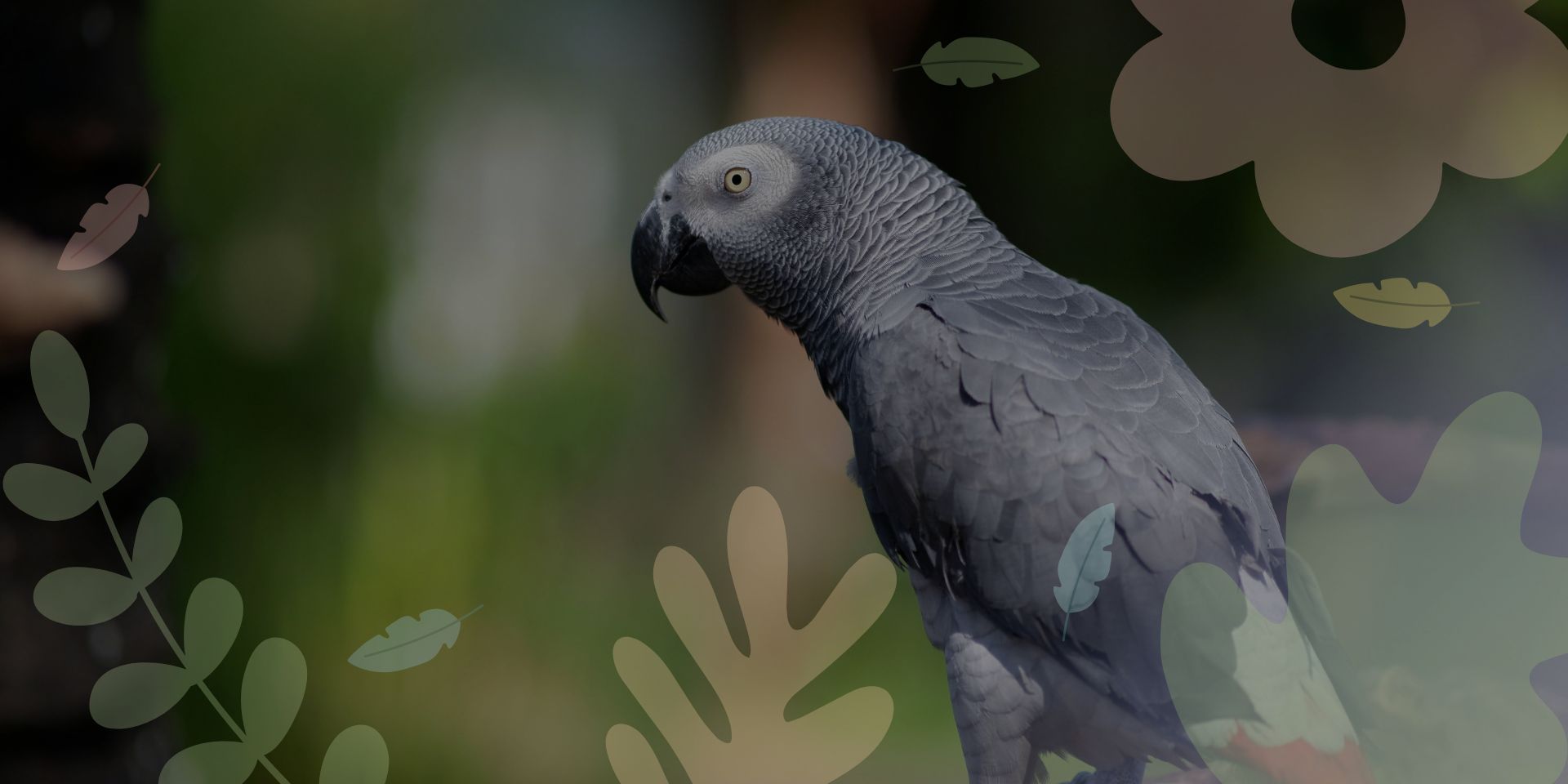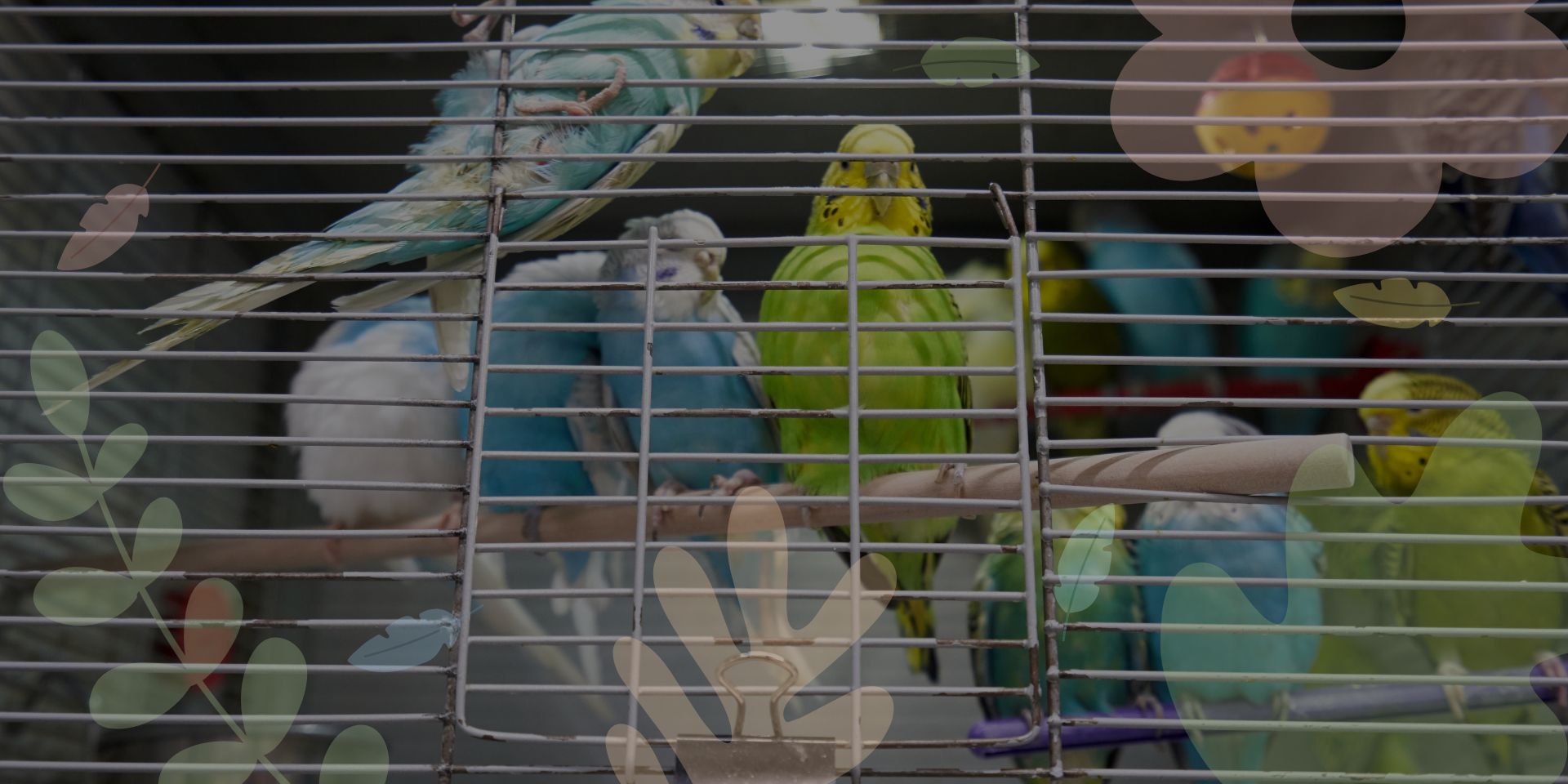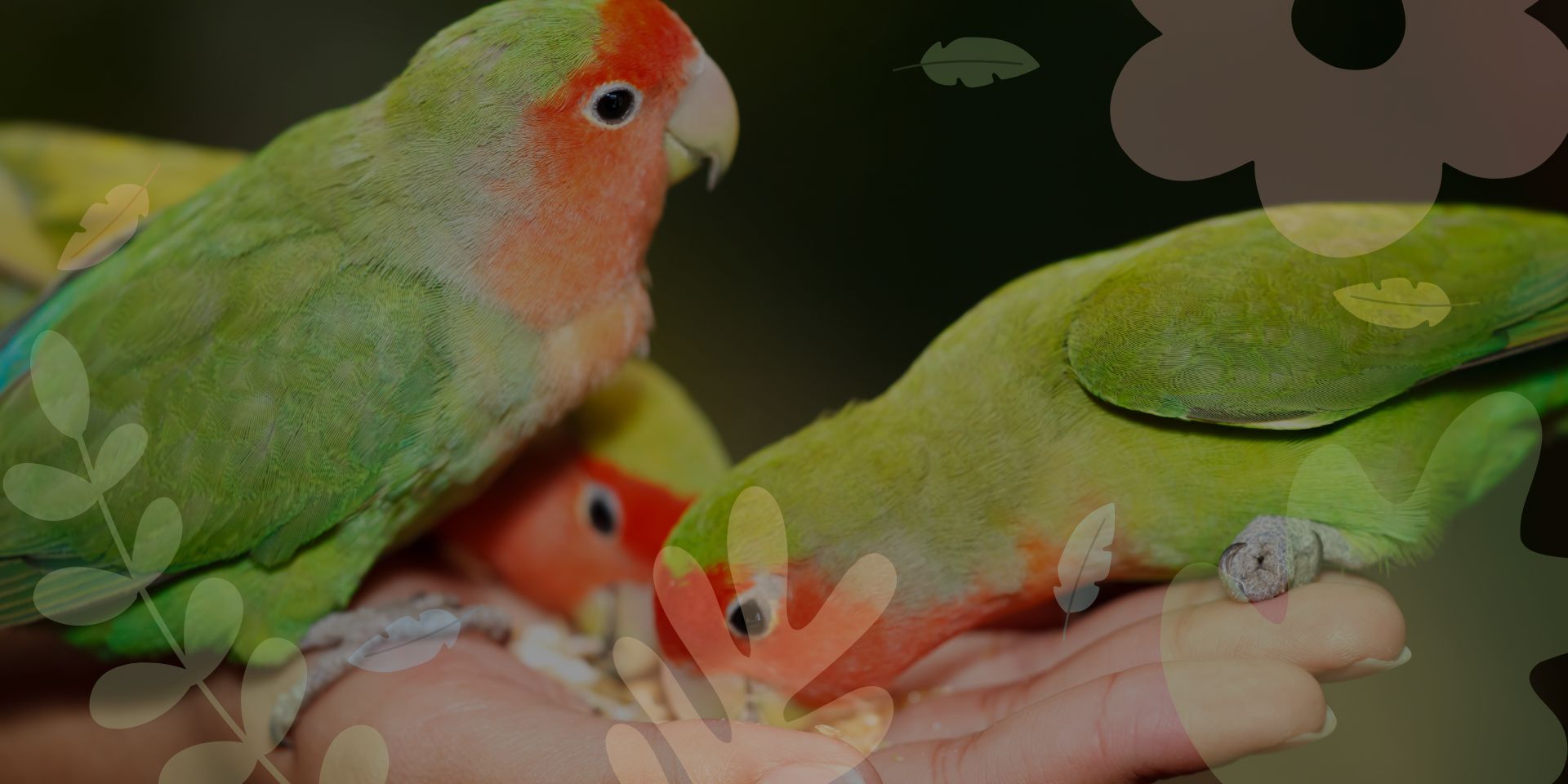Thinking about getting a parrot for your home? Fantastic choice! Parrots are intelligent, social, and—most notably—able to talk! However, not all bird species possess the ability to vocalize, and among those that do, parrots stand out for their remarkable mimicry skills. This guide explores why parrots talk, how they manage this feat, and tips on teaching them to speak.
How Do Parrots Talk?
Unlike humans, who rely on vocal cords, parrots produce sounds using a structure called the syrinx. Located at the point where the trachea splits into the lungs, the syrinx vibrates as air passes through it, creating sound. Parrots modulate these vibrations using their vocal tract, which compensates for their lack of lips and teeth.
Key Points:
- Parrots don’t have vocal cords; instead, they use the syrinx to produce sounds.
- Their vocal tract allows them to replicate the timbre of human speech, despite their different anatomy.
- Other birds, such as songbirds and crows, also use the syrinx, but parrots are particularly adept at mimicry.
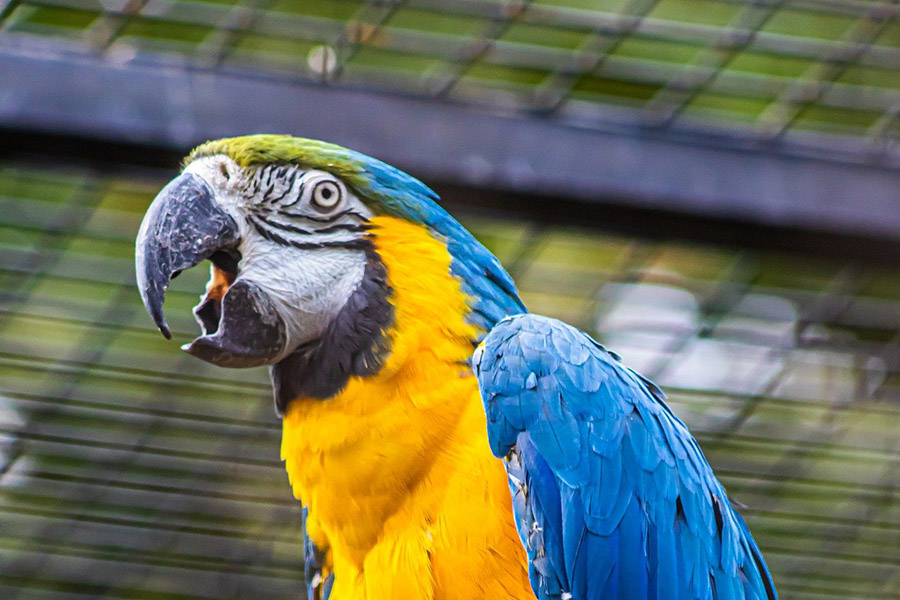
Why Do Parrots Talk?
Parrots are vocal learners, meaning they learn sounds by hearing and imitating them. This ability is linked to a specialized part of their brain called the song system, which is divided into two layers: the ‘core’ and the ‘shell.’ This unique structure gives parrots their exceptional mimicry skills.
Parrots often mimic human speech due to their social nature and desire to bond with their human companions. They’re particularly drawn to words or phrases spoken with enthusiasm or excitement. Be mindful of what you say around them—parrots are quick learners and may pick up unintended phrases!
The First Recorded Talking Parrot
The first recorded account of a talking parrot dates back to the fifth century BC in Greece, documented by historian Ctesias of Cnidus. He described a bird called Bittacus, believed to be a plum-headed parakeet, capable of mimicking human speech. This historical record highlights humanity’s long fascination with parrots’ vocal abilities.
Do Parrots Understand What They Say?
Parrots primarily mimic sounds and words, but they can associate phrases with specific contexts. For example:
- A parrot might learn to say “Hello” when you enter the room if you consistently greet it that way.
- They’re often drawn to words spoken with excitement, like exclamations or laughter.
While parrots may not grasp complex meanings, they can develop simple associations, making their mimicry more contextually relevant than mere repetition.
Five Parrot Species Known for Talking
Here are five parrot species renowned for their vocal abilities:
1. Amazon Parrots
- Known for their clear speech and extensive vocabulary.
- Excellent at mimicking operatic singing.
- Highly social and engaging companions.
2. African Grey Parrots
- Among the most intelligent parrot species.
- Capable of learning words after just one or two repetitions.
- Famous for understanding concepts and context.
3. Indian Ringneck Parakeets
- Can learn up to 250 words.
- Renowned for their sweet, humorous voices.
- They’re highly interactive but require consistent training.
4. Quaker (Monk) Parakeets
- Small in size but loud and talkative.
- Known for their ability to learn and mimic a variety of words and sounds.
- Affectionate and tame when hand-raised.
5. Eclectus Parrots
- Quiet compared to other parrots but still excellent talkers.
- Fast learners with a unique range of vocalizations.
- Known for their calm demeanor and vibrant plumage.
Are Male Parrots Better Talkers Than Females?
In some species, such as budgies and cockatiels, males are typically more vocal than females. However, this distinction doesn’t apply to all parrot species. For Amazon parrots, African greys, and macaws, both sexes are equally capable of learning to talk.
How to Teach a Parrot to Talk
- Research Your Parrot’s Species: Choose a species known for its talking ability, such as African greys or Amazon parrots. Keep in mind that not all parrots will talk, even among talkative species.
- Start with Simple Words or Phrases: Begin with short, enthusiastic phrases like “Hello” or “Good morning.” Use excitement to capture their attention.
- Repeat Frequently: Repetition is key. Consistently use the same phrases and words to reinforce learning. You can also use recordings as supplementary tools.
- Reward Success: Positive reinforcement works wonders. Reward your parrot with treats or praise whenever it successfully mimics a word or phrase.
- Be Patient: Every parrot learns at its own pace. Some may take months or even years to start speaking. Patience and consistency are crucial.
Final Notes
Here are some key takeaways about parrots and their talking abilities:
- Parrots use their syrinx, not vocal cords, to produce sound.
- They are vocal learners, capable of mimicking human speech and associating words with contexts.
- Species like Amazon parrots, African greys, and Indian ringnecks are particularly skilled talkers.
- Teaching a parrot to talk requires patience, repetition, and positive reinforcement.
Owning a talking parrot is a rewarding experience, but their companionship goes beyond their ability to mimic words. With love, care, and training, your parrot can become a delightful and interactive member of your family!


